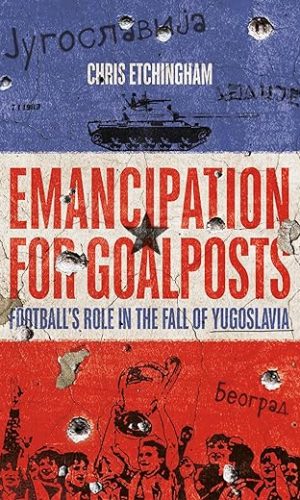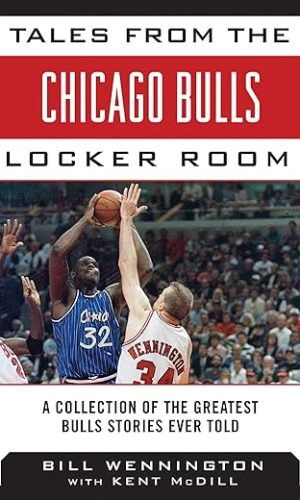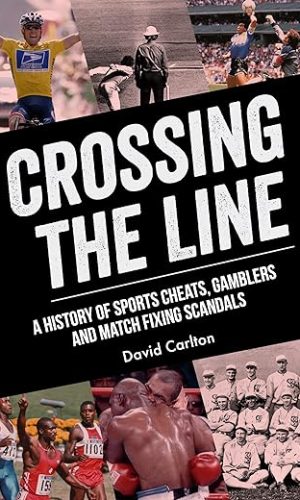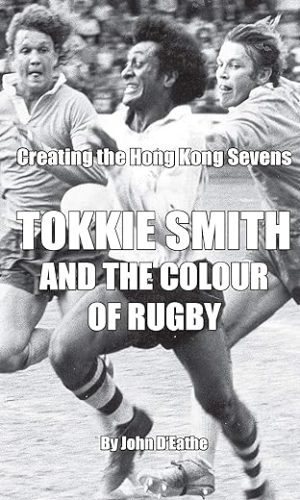Capitol Days: The Story of Cardiff’s best-loved cinema
£4.30
Tells the colourful story of the Capitol Cinema in Cardiff; from its opening in 1921 through its heyday, its painful decline and eventual closure in 1978.
Featuring many first-hand accounts, the book takes a fond look back at former times, when cinema truly lay at the heart of the community.
The Capitol, due to its central location and distinctive decor, was more successful than mostm and was often full to capacity both in its early days and right through to performances in the 1960s from Bob Dylan & The Beatles and live screening of Muhammed Ali fights during the same era.
Contributions from many former employees of the cinema helps bring bring this remarkable venue to life, representing an important part of Cardiff’s social history during the last century.
Not only a cinema in its lifetime, the ”Cap” was also a popular dancing venue and had a large area known as the Buttery where food and drink could be enjoyed.
Capitol Days is essential reading for both former visitors to the cinema and venue as a whole, and for those to explore the tale behind the rise and fall of one of Cardiff’s most recognisable venues of entertainment.
Featuring many first-hand accounts, the book takes a fond look back at former times, when cinema truly lay at the heart of the community.
The Capitol, due to its central location and distinctive decor, was more successful than mostm and was often full to capacity both in its early days and right through to performances in the 1960s from Bob Dylan & The Beatles and live screening of Muhammed Ali fights during the same era.
Contributions from many former employees of the cinema helps bring bring this remarkable venue to life, representing an important part of Cardiff’s social history during the last century.
Not only a cinema in its lifetime, the ”Cap” was also a popular dancing venue and had a large area known as the Buttery where food and drink could be enjoyed.
Capitol Days is essential reading for both former visitors to the cinema and venue as a whole, and for those to explore the tale behind the rise and fall of one of Cardiff’s most recognisable venues of entertainment.
Read more
Additional information
| Language | English |
|---|---|
| File size | 383 KB |
| Text-to-Speech | Enabled |
| Screen Reader | Supported |
| Enhanced typesetting | Enabled |
| X-Ray | Not Enabled |
| Word Wise | Enabled |
| Sticky notes | On Kindle Scribe |
| Print length | 88 pages |







by Soundman60
This long-awaited book is somewhat disappointing as the number of photographs is less than expected and a number of errors have crept in which should have been picked up by thorough editing.
It would have been nice to know how large the screen was for Todd AO to make a comparison with what is available in the newest cinemas.
There are sentences where the author’s meaning is unclear and one photo appears twice.
More seriously there are several factual errors, e.g. The Playhouse became the Prince of Wales (not the Gala) and the Canton Cinema never went over to Bingo, opening as a Fine Fare Supermarket after closure.
Two references to the Canton Coliseum contain errors of fact.(There is no evidence that it was ever a theatre, in fact dressing rooms were built for the orchestra some years after it opened!)
The best passages in the book are at the beginning and organ buffs will be interested in the details provided. Those interested in the technical side of the cinema are not catered for and there is no mention of just how poor the view of the screen was from the “side” seats.Fortunately I could afford Centre seats for “Cleopatra”, “The Fall of the Roman Empire” and other 70mm presentations, and having to stand on the seat to see the Beatles from a stalls seat made me realise just how good the view was from the Circle.
by Blunden Boy
This is a great, illustrated guide to a much-loved building in the heart of Cardiff. Long since demolished, it is an important account of a place which meant a great deal to many local and visiting cinema/ concertgoers/ locals across many years.